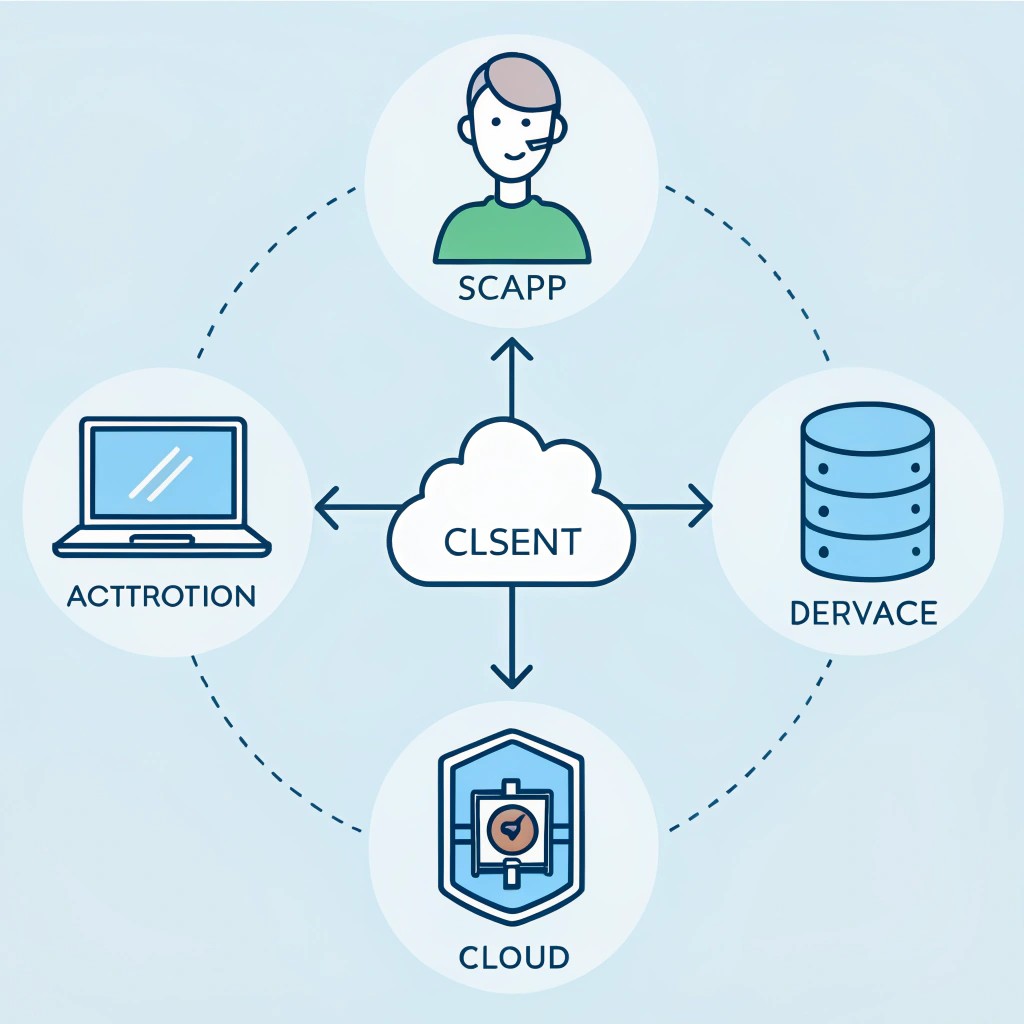How to Design Cost-Optimized Network Architectures in AWS (SAA-C03 Exam Guide)

Making Sense of OAuth 2.0’s Authorization Code Flow—Without Losing Your Cool
Let me set the record straight—OAuth 2.0 isn’t just another tech term people throw around. These days, if you’re dealing with authorization, it’s pretty much the gold standard. Really, it’s everywhere. Basically, it lets apps (think your favorite website or service) get just enough access to your stuff—like your social media or company resources—without having to hand over your password. Now, out of all the ways OAuth 2.0 does its thing, the Authorization Code Flow tends to steal the spotlight. You’ll see it all over the place, especially for web apps that can keep secrets safe on the backend—no peeking allowed from the browser.
The Main Players—Who Does What Here?
- Resource Owner: The user who authorizes an application to access their account.
- Client: The application requesting access to the user's account.
- Authorization Server: The server that authenticates the user and issues access tokens to the client.
- Resource Server: The server hosting the protected resources, capable of accepting and responding to protected resource requests using access tokens.
Authorization Code Flow Steps
Let’s walk through how all the moving pieces come together—step by step—to keep things secure:
- User Initiates Authorization:
You start by logging into an app—nothing unusual there. But instead of just taking your word for it, the app sends you over to the authorization server and says, ‘Hey, can I have permission to do this?’
- User says Yes (or No):
The authorization server checks that you’re really you and then asks, ‘Are you cool with this app having access to X, Y, and Z?’ If you hit 'Allow', you get sent back to the app, but now you’ve got an authorization code in your pocket.
- Client Requests Access Token:
Next, the app takes that code (and its own secret key), and quietly heads back to the authorization server to say, ‘Here’s my code—can I have an access token now?’
- Authorization Server Issues Token:
At this point, the authorization server plays detective—making sure that everything adds up and there’s no funny business. If all the pieces fit, the server hands over an access token to the app—and sometimes a refresh token too, if you want to keep this party going for a while..
- Client Accesses Resource Server:
Now the app can use that access token to go knock on the resource server’s door and grab whatever it’s allowed to—just like it was you.
Security Considerations
- Confidentiality: The client secret must be securely stored and never exposed to the user or browser.
- Redirect URI Validation: The authorization server must validate redirect URIs to prevent redirection attacks.
- Short-lived Authorization Codes: Authorization codes should be valid for a short time and used only once to reduce the risk of interception.
- Use of HTTPS: All communication between the client, authorization server, and resource server should occur over HTTPS to prevent eavesdropping.
Where Do You Actually Use This Stuff?
You’ll see this flow pop up any time a web app lets you sign in with another account—maybe your work login, or a third-party tool plugging into your company’s cloud. The beauty here is that your secret stuff stays tucked away on the server—not floating around in the browser for hackers to snatch up.
Tips for Doing This the Right Way
- Don’t skip the ‘state’ parameter—make it a good, random string so nobody can trick the system with a CSRF attack.
- Handle errors gracefully! Someone’s going to mess up their login eventually—it shouldn’t break your app.
- Rotate your secrets and credentials every now and then. Old keys are just accidents waiting to happen.
- Stay current on the best security advice—whether it’s from standards groups or your cloud provider—because the threats keep changing.
Feeling Curious for More?
And if you’re itching for more of the nitty-gritty, the official docs are a goldmine. They’ve got sample code, walk-you-through-it guides, and all sorts of help for when things go off the rails. Honestly, spending a few minutes in those guides now is going to save you a world of pain (and probably some last-minute sweating) later when you really need your system to stand tall.
Conclusion
Bottom line? The Authorization Code Flow lets your app do what it needs—on behalf of your users—without you losing sleep over security nightmares. As long as you follow the best practices and don’t just skim the steps, you’ll end up with authentication and authorization you can actually trust in your own projects.